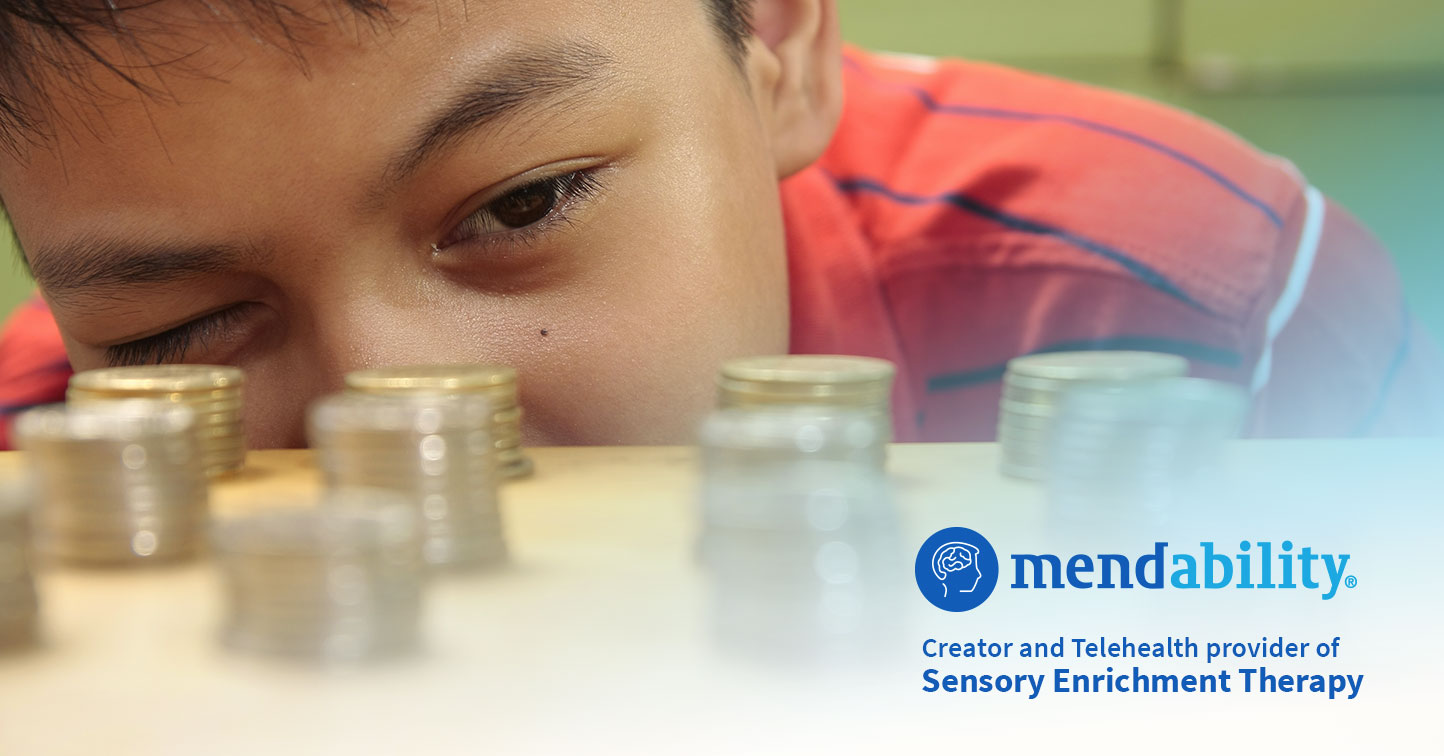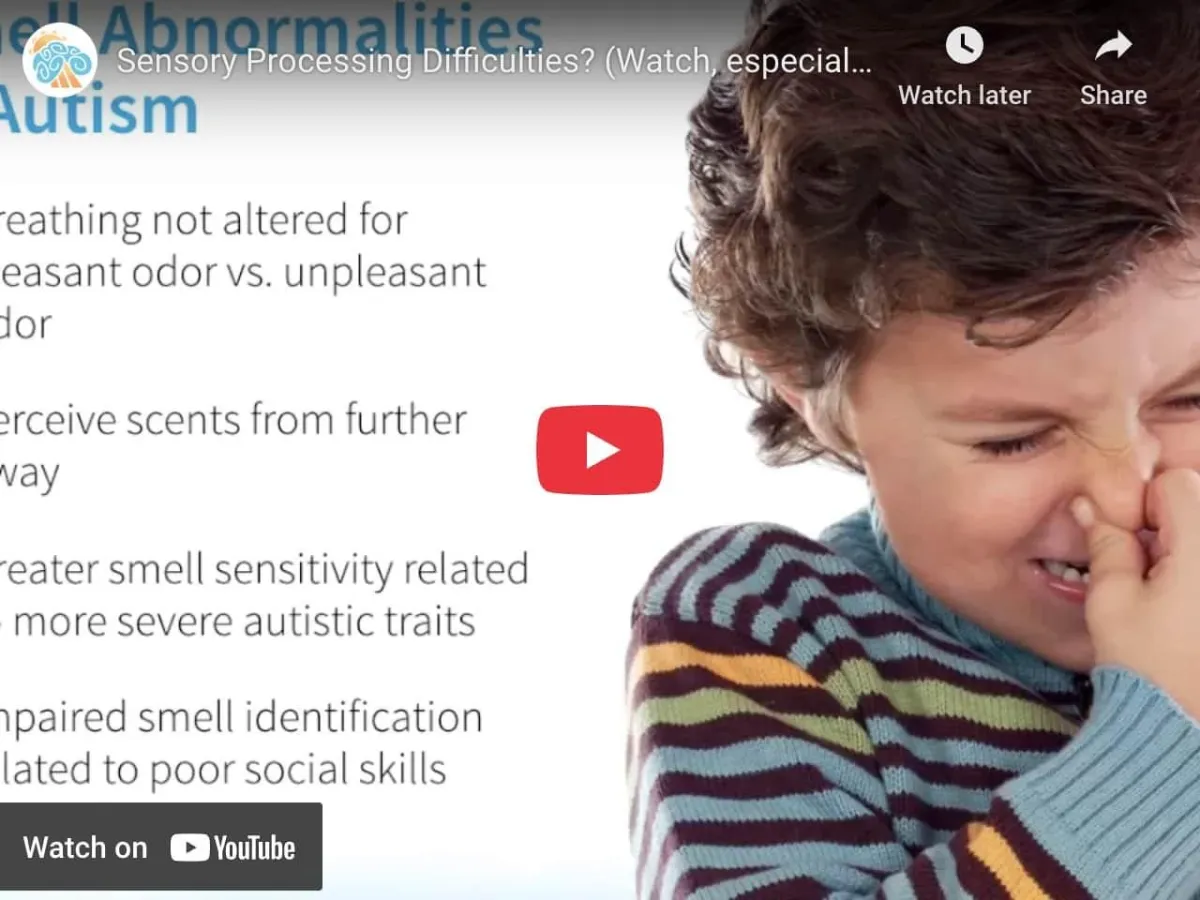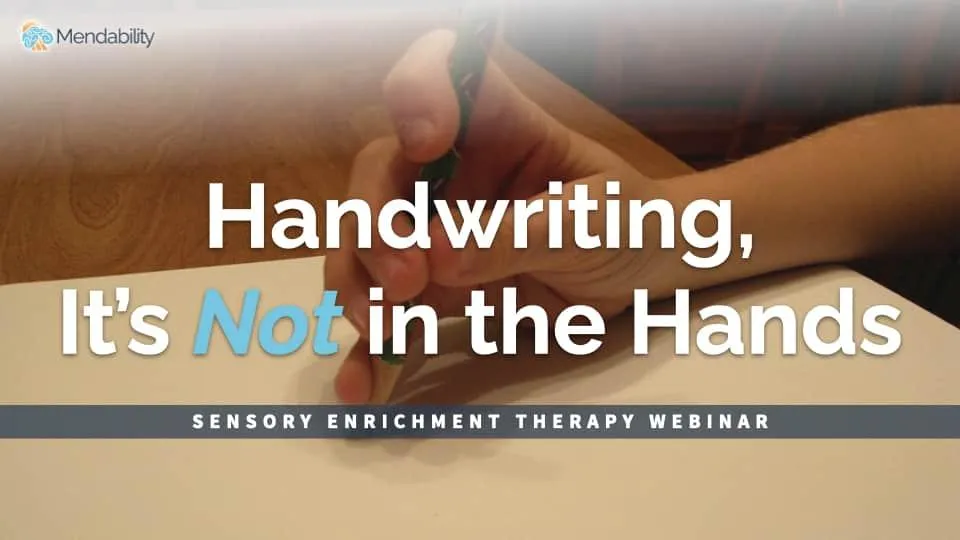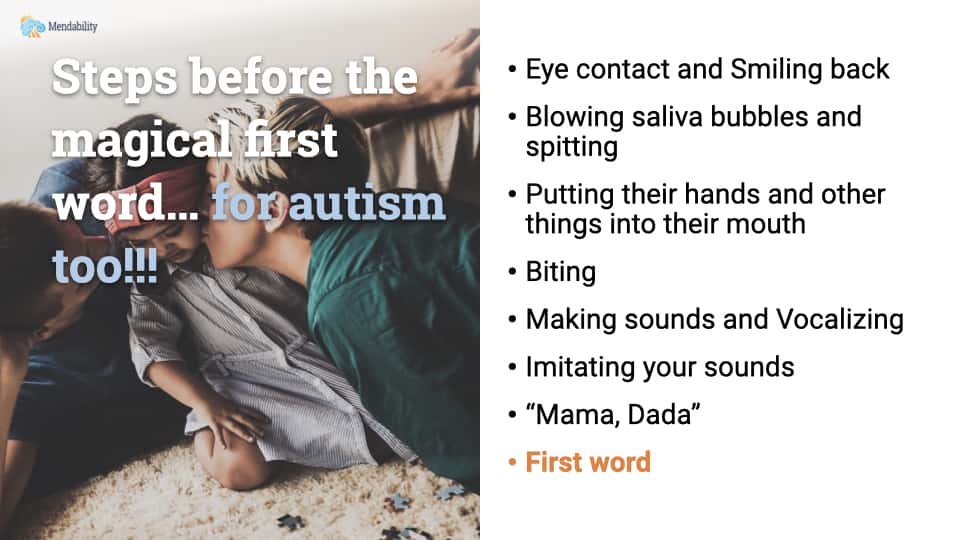
Why do kids with autism stim? Links to anxiety, sensory processing
What is stimming?
Stimming is an everyday term for self-stimulatory behavior and usually involves repetitive motions or sounds that are done in a regulated manner but do not appear to fulfill any visible purpose. We all stim occasionally. It is normal. Maybe you twirl your hair, tap your feet or crack your knuckles. The term ‘stimming,’ however, generally refers to the more intense and more frequent repetitive behaviors displayed by individuals with developmental disabilities, including autism.
For example, a child with autism may flap his hands, rock back and forth, spin objects, or pace around. He may also stim vocally (also called verbal or oral stims). These behaviors include mumbling to himself, spitting, groaning, screeching, and repeating the same phrase over and over. In some extreme situations, repetitive behaviors may lead to self-harm, such as when a person hits his or her head against a hard surface (referred to as head banging) or bites him or herself. People with autism may also perseverate or fixate on certain things like a light, a word, a texture or a video.
Stimming linked to anxiety
The familiar, repetitive motion of stimming can be soothing. Dr. Temple Grandin explains that she stimmed to calm herself.3 She notes,
“It may counteract an overwhelming sensory environment, or alleviate the high levels of internal anxiety these kids typically feel every day.”
Stimming can be a way of relieving pressure. Think of it like the steam valve of a pressure cooker that helps to maintain the optimum pressure inside by releasing some of the steam when necessary. If you hit your thumb with a hammer, do you shake it? The shaking motion helps distract you from the pain.
A 2012 study on the relationship between anxiety and repetitive behaviors in children with autism showed that those with higher levels of anxiety also displayed more stimming behaviors.2
Anxiety in autism linked to sensory processing
In many people with autism this anxiety is a result of their problems with sensory processing.4
Scientists have found that children with autism have low levels of brain serotonin.1 Serotonin is a brain chemical (neurotransmitter) that is involved in the processing of sensory messages, so low serotonin generally leads to sensory processing problems. When a person’s brain does not translate sensory information well, it results in anxiety.
It is not really surprising that individuals with autism live with a tremendous amount of anxiety when you consider that they may be experiencing an overload of sensory inputs at the same time as not having the communication skills to explain what they need or want. Stimming can help to relieve this anxiety.
For example, an autistic child may constantly jump up and down when he is watching a fun TV show. Even though the child likes the show, the images and sounds may still be causing sensory overload. Stimming is the child’s way to manage the sensory overload and enjoy the show.
Sensory Enrichment Therapy™ helps with sensory processing and reducing anxious buildup
Sensory Processing and anxiety are two of the biggest areas of progress for people with developmental disabilities, including autism, who are doing Sensory Enrichment Therapy. In clinical trials, children doing Sensory Enrichment Therapy as well as their standard therapies saw their Short Sensory Profile score improve by an average of 11.4 points compared to 2.8 points for children who did standard care only.5 In a study looking at 1,002 children and adults with autism and asperger’s, anxiety as a symptom improved by an average of 20%.6
Mendability helps families to do Sensory Enrichment Therapy, a new brain autism therapy, wherever they live, through an online portal and telehealth services.
References
Chamberlain RS, Herman BH. A novel biochemical model linking dysfunctions in brain melatonin, proopiomelanocortin peptides, and serotonin in autism. 1990;28(9):773–793.
Rodgers J, Glod M, Connolly B, McConachie H. The relationship between anxiety and repetitive behaviours in autism spectrum disorder. 2012;42(11):2404–2409.
Why Do Kids with Autism Stim? – Autism Asperger’s Digest. 2011 Dec 27 [accessed 2016 Jan 18]. http://autismdigest.com/why-do-kids-with-autism-stim/
Wigham S, Sarah W, Jacqui R, Mikle S, Helen M, Mark F. The Interplay Between Sensory Processing Abnormalities, Intolerance of Uncertainty, Anxiety and Restricted and Repetitive Behaviours in Autism Spectrum Disorder. 2014;45(4):943–952.
Woo CC, Donnelly JH, Steinberg-Epstein R, Leon M. Environmental enrichment as a therapy for autism: A clinical trial replication and extension. 2015;129(4):412–422.
Aronoff E, Hillyer R, Leon M. Environmental Enrichment Therapy for Autism: Outcomes with Increased Access. 2016
Is stimming and anxiety an area of concern for you or your loved one?
Sensory Enrichment Therapy™ helps develop resilience against stress, transitions and unexpected changes by boosting brain development in these areas.




